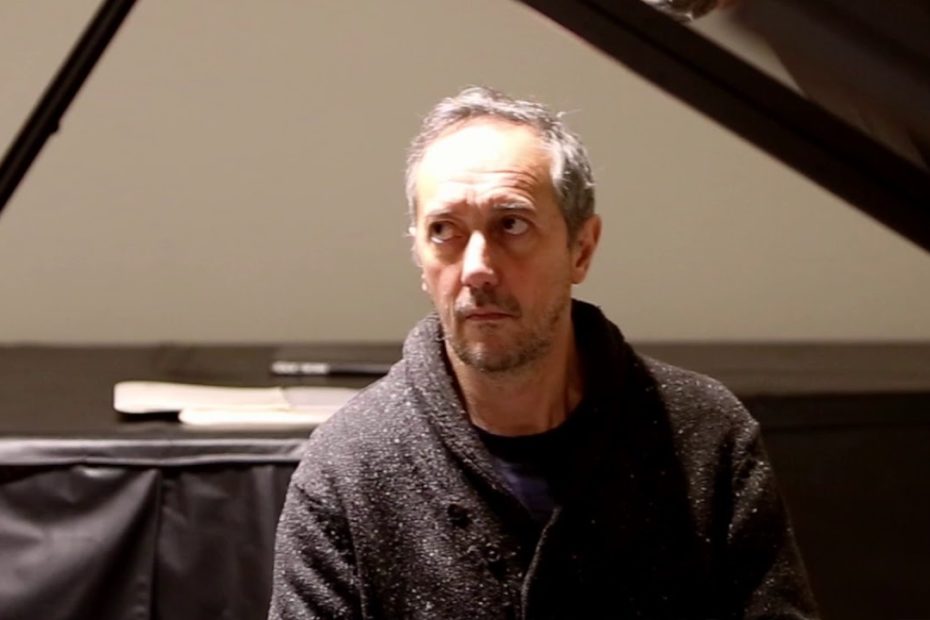An OnClassical production, http://onclassical.com/
__
In this first album of a series devoted to the complete piano sonatas of Franz Schubert, Giuseppe Bruno interprets the Sonatas in A Major, D 664 and in C Major, D 840.
The Sonata in A Major is possibly the composer’s first breakthrough in the genre. After many attempts, some of which have survived as incomplete sonatas or unfinished movements, Schubert seems to find his own voice in a form in which Beethoven had already been an uncontested model for two decades. In the summer of 1819, Schubert joined his baritone friend, Johann Michael Vogl, in a trip to the Austrian countryside, in the region of Steyr. It was here that he allegedly wrote the Sonata in A Major, inspired by the young pianist Josephine von Koller, whom he considered not only to be very pretty, but also a good pianist. The sonata was published posthumously in 1829 as Op. 120, and is often referred to as “the little A Major” to distinguish it from the monumental sonata in the same key that Schubert wrote nearly a decade later.
For quite some time after its posthumous publication in 1861, the Sonata in C Major, D 840 was considered to have been Schubert’s last work – hence, its Italian nickname “reliquie” (relics). The assumption stemmed from the fact that only two movements were completed, and that only unfinished portions of the A section of the third movement and 272 measures of a fourth movement were discovered in manuscript form. Further investigation, however, revealed that the sonata was most likely written in 1825, contemporaneously with the Sonata in A Minor, D 845, and perhaps abandoned to pursue the composition of other works. It is also possible that Schubert did not deem it worthy. Over the last century and a half, many were the composers and pianists who undertook the task of completing the missing portions of the two movements, most notably Ernst Krenek (1921-22) and Paul Badura-Skoda (1976).
The present recording showcases Giuseppe Bruno’s own completion – a remarkable achievement to add to an already illustrious list.
The album was recorded with two Brüel & Kjæer microphones at 130 volts on a Steinway D-274.




